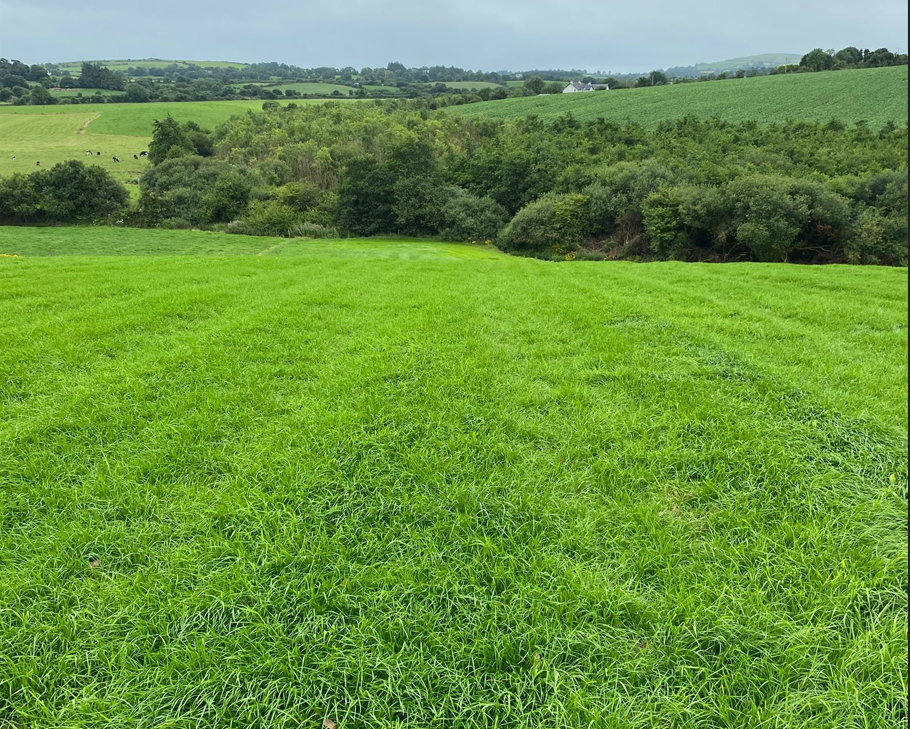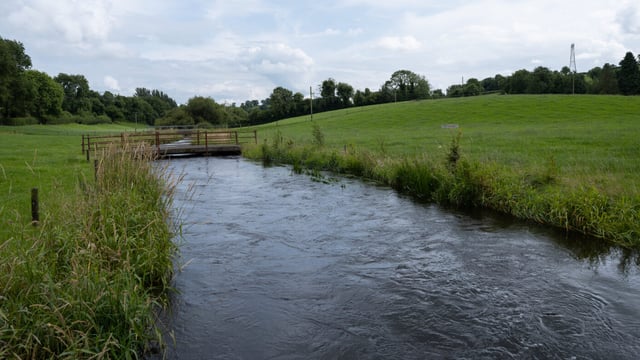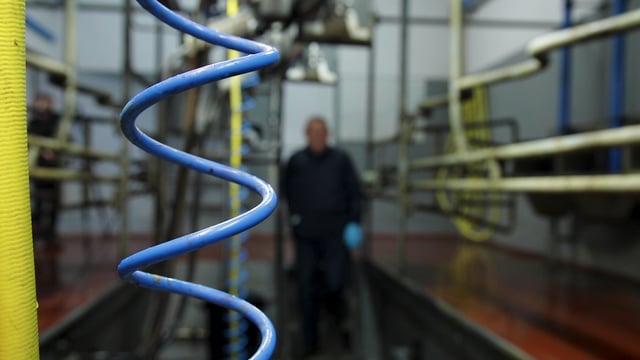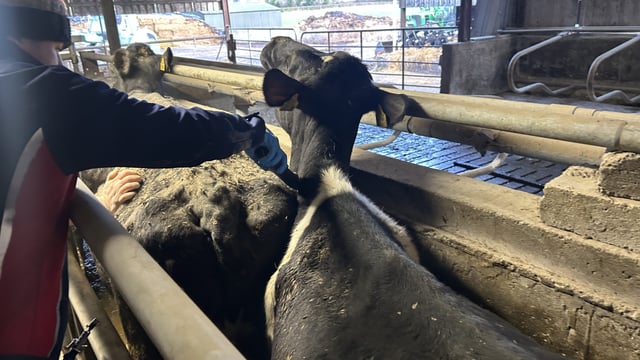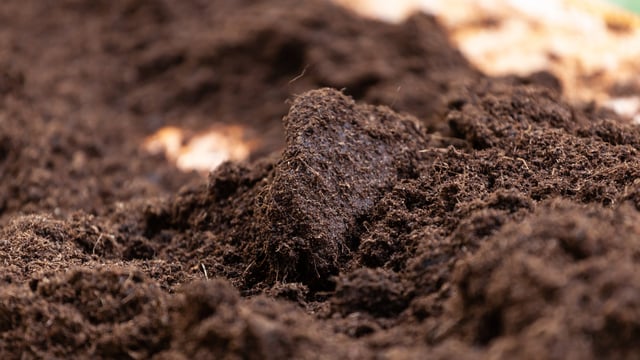Is protected urea still the way to go?
A lot of farmers across the country were still skeptical of spreading protected urea throughout the 2025 season following the poor growth rates experienced in 2024.
With the way 2024 went, average grass production went down by 1.1t dry matter (DM)/ha to 11.3t DM/ha, leaving a lot of farmers under pressure for feed.
This stunted growth was primarily due to the wet conditions experienced in early spring 2024, as rainfall levels were 142% higher than average for February, March, and April last year.
This was then followed by a dry but cold summer, where the average rainfall in May, June and July last year was down 19% across the north-west.
A lot of farmers that spread protected urea during this time ended up having striping across their paddocks, making them distrust the product.
Despite this, a lot of farmers still went ahead with protected urea in 2025 and had good results, with some saying one bad year out of six or seven years using the product would not put them off.
Other farmers feel as if their choice is limited and they will have to put their faith in protected urea either way, following the new restrictions which saw a ban of unprotected granular (solid) urea come into place in September under Ireland's Nitrates Action Programme (NAP) under SI No. 42 of 2025.
Protected urea
Following on from this, Teagasc's Dr. Áine Murray has released her results from this year's ongoing studies into the product.
The study - which is taking place in Teagasc's Moorepark, Clonakilty, and Athenry research centres - is said to have shown that protected urea remained an effective fertiliser throughout the 2025 season.
Dr. Murray is comparing the difference in Calcium Ammonium Nitrate (CAN) and and protected urea (46% Urea NBPT-NPPT) at different application rates.
She has replicated the plots to stimulate grazing conditions to gain a better insight on the actual growth rates when using these fertilisers.
During the study, the fertilisers were spread at rates of 75kg nitrogen (N)/ha, 150kg N/ha, 300kg N/ha, and 450kg N/ha.
Fertilisers were spread between February and August with the results in the table below being recorded:
| Treatment | Yield (kg DM/ha) |
| 0 (control) | 7,842 |
| 75 CAN | 9,399 |
| 75 Protected Urea | 9,489 |
| 150 CAN | 10,650 |
| 150 Protected Urea | 10,926 |
| 300 CAN | 12,174 |
| 300 Protected Urea | 12,238 |
| 450 CAN | 12,980 |
| 450 Protected Urea | 13,689 |
Dr. Murray said: “Herbage production and performance across the three sites have recently been collated and, akin to the results released earlier this year, no major differences have been witnessed in the plots receiving either protected urea (46% Urea NBPT-NPPT) or CAN across each of the four rate treatments at any of the individual sites.
“At the application rate of 150kg N/ha, paddocks receiving protected urea yielded 10,926kg DM/ha on average across the three sites, whereas the CAN paddocks yielded 10,650kg DM/ha, indicated the protected urea did deliver for grass growth in 2025.”
Previous studies
Dr. Murray previously, alongside Dr. Brian McCarthy, published findings regarding the uptake of protected urea depending on the location within the country.
This came about when a clover study showed that a grass-clover sward in Moorepark receiving 150kg N/ha produced 11.2t DM/ha while the same grass-clover sward in Clonakilty that also receiving 150 kg N/ha produced 14.5t DM/ha.
The variation of 3.3t DM/ha proves that every farm is different, and the success of protected urea will ultimately be up to the conditions available to on farm.
So despite Teagasc proving the product's efficiency, make sure you are using a fertiliser suitable for you.
Whichever product you decide to use, ensure your fertiliser spreader is in good working condition, checking components such as the vanes and calibrating the spreaders to match the lowered density.


